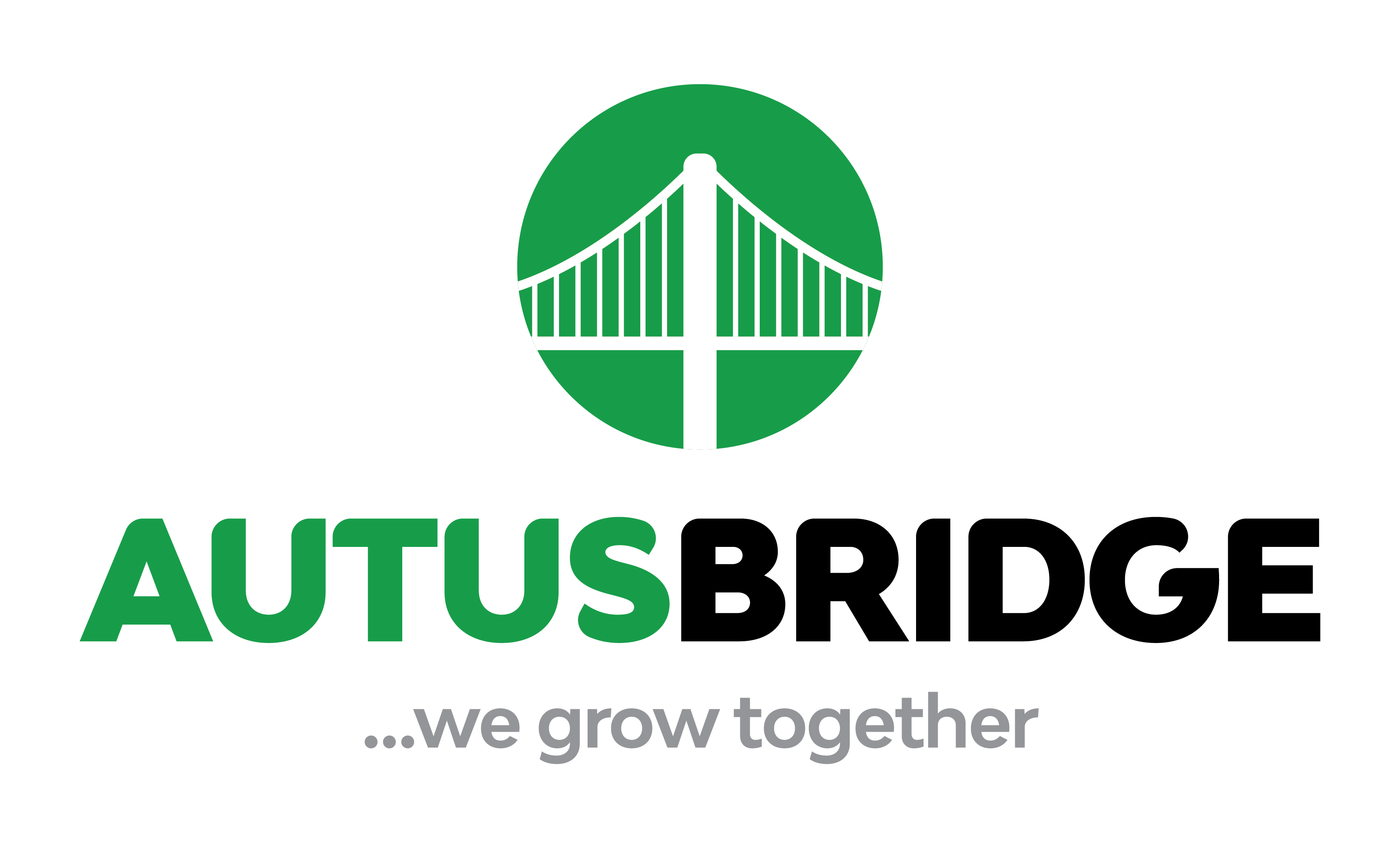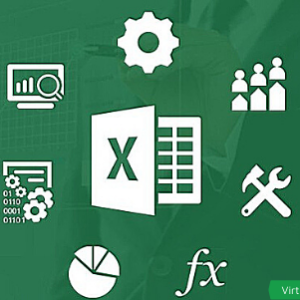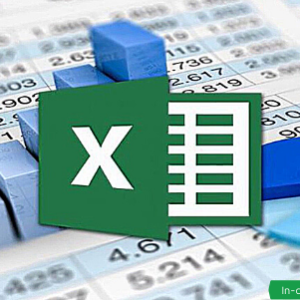Description
This course Introduction to Financial Modeling and Forecasting combines both the learning and development, of participant’s Excel skills and financial modeling. It is designed to take participants through a step-by-step process in building a professional, functional, and user-friendly cash flow financial model with an emphasis on Excel and modeling concepts. The completed product is a robust and dynamic cash flow model with historical data, forecasted revenue and expenses, and a debt Schedule. The use of a robust, accurate, and user-friendly financial model cannot be over-emphasized in making accurate and timely financial decisions. It is basically one of the most important factors in the success, development, and sustenance of a Financial institution.
Training Objectives
- Participants will learn a variety of skills, technologies, practices for continuous interactive exploration and investigation of business performance.
- Define the problem context, choose the right data for analysis, apply appropriate analytic techniques, and come up with conclusions & recommendations.
- Develop a better understanding of the basic concepts of statistics.
- Provide an overview of computer-assisted data analysis.
- Develop requisite skills to bring-in and transform data using SPSS.
- Enhance knowledge and develop skills for performing appropriate analyses.
- Augment knowledge for interpretation and presentation of analyses.
Learning Outcomes At the end of the training, participants will be able to understand;
- The principles of best practice’ modeling.
- A model design thinking process.
- A wide range of Excel features and techniques.
- Of both financial, and other functions in Excel.
- Have the ability to design and build professional models, incorporating elements from the course.
Course Modules
- Overview of Financial modeling.
- Modelling ‘best practice’.
- Designing a Financial model.
- Features and techniques of Financial modeling.
- Use of number formats, Layouts, borders, and colors.
- Data Validation.
- Combo box/ Scroll bars.
- Conditional formatting.
- Dynamic graphs.
- Sensitivity tables and analysis.
- Financial, Mathematical, Logical, and Lookup functions.
- Entering historical information.
- Forecasting revenue and expenses.
- Designing a debt schedule.
- Protecting and securing worksheets and workbook
- Financial/Financial Analysis model.
- Extending models to answer management-specific questions.
- Customizing existing models to suit our individual needs.
- Financial/Financial Analysis model.
- Extending models to answer management-specific questions.
- Customizing existing models to suit our individual needs.
- Participants ’ requested model.
- Course Summary.
Mode Of Delivery
Face-to-face learning with instructor-led hands-on practical demonstration and learning. Each participant is expected to work individually on a computer 2 days of learning sessions Course material and Course Certificate will be issued Virtual learning available on request






Reviews
There are no reviews yet.